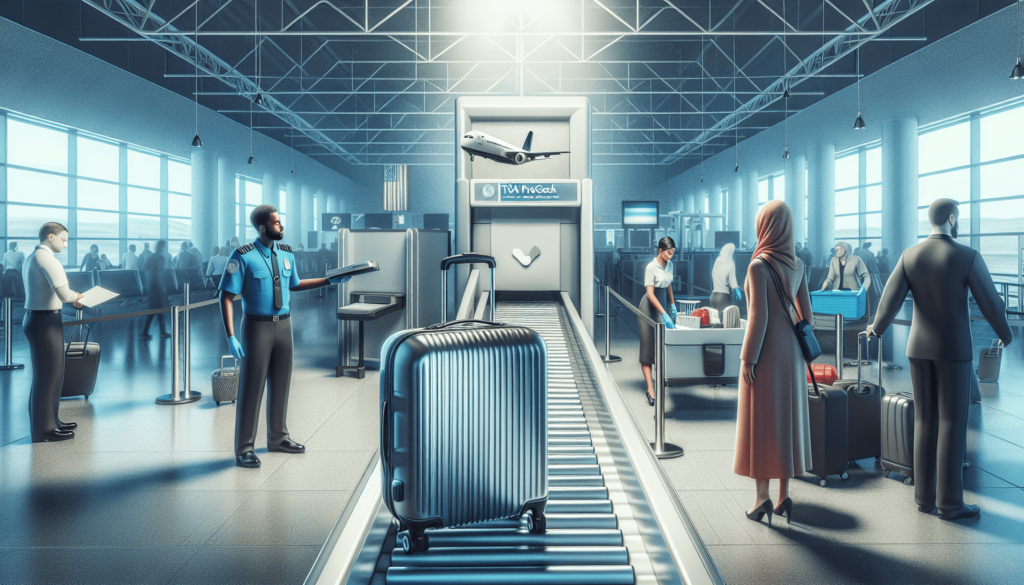
A New TSA PreCheck Partnership Makes Navigating Airport Security Even Easier
Enroll in TSA PreCheck with CLEAR for a hassle-free travel experience. Skip long lines, reduce wait times, and enjoy enhanced efficiency at airport security.

Enroll in TSA PreCheck with CLEAR for a hassle-free travel experience. Skip long lines, reduce wait times, and enjoy enhanced efficiency at airport security.
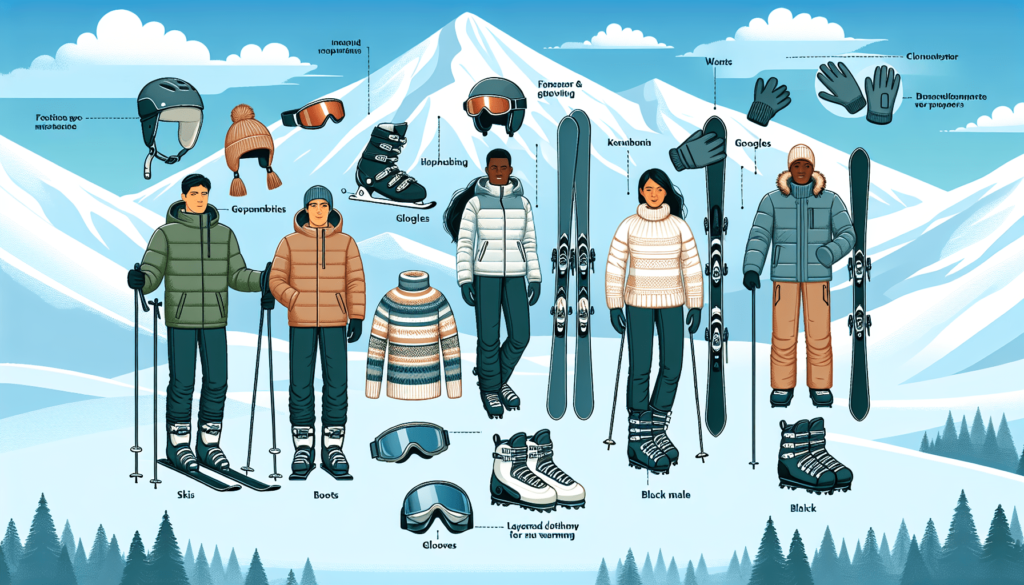
Planning a ski trip? Avoid common mistakes and ensure a comfortable experience with the right gear and clothing. Watch the video for helpful tips!

Find out the key quality that sets a hotel apart, according to travel expert Samantha Brown. Discover the importance of an elegant bathroom and other factors that can enhance your hotel stay.

Learn how airlines track and sort luggage using barcodes or RFID tags. Discover the processes involved and the benefits of each method.
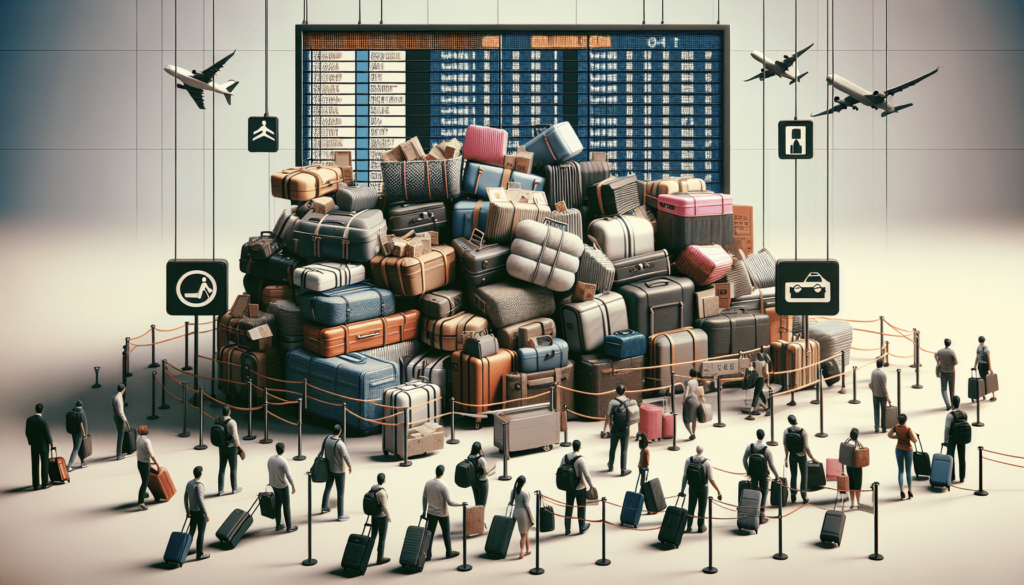
Discover how your bulky luggage can actually cause flight delays. Overheads are overcrowded due to carry-on bags exceeding dimension limits, resulting in longer boarding times. Avoid delays by checking your airline’s baggage dimensions and choosing soft-sided luggage.

Discover the controversial TikTok hack for keeping kids seated on airplanes. Find out why the internet’s reaction has raised safety concerns.

Explore the history of Ikea in Älmhult, Sweden. Visit the original Ikea store turned museum, stay at the only Ikea hotel in the world, and discover the roots of this iconic brand. Perfect for a family-friendly trip to Sweden.
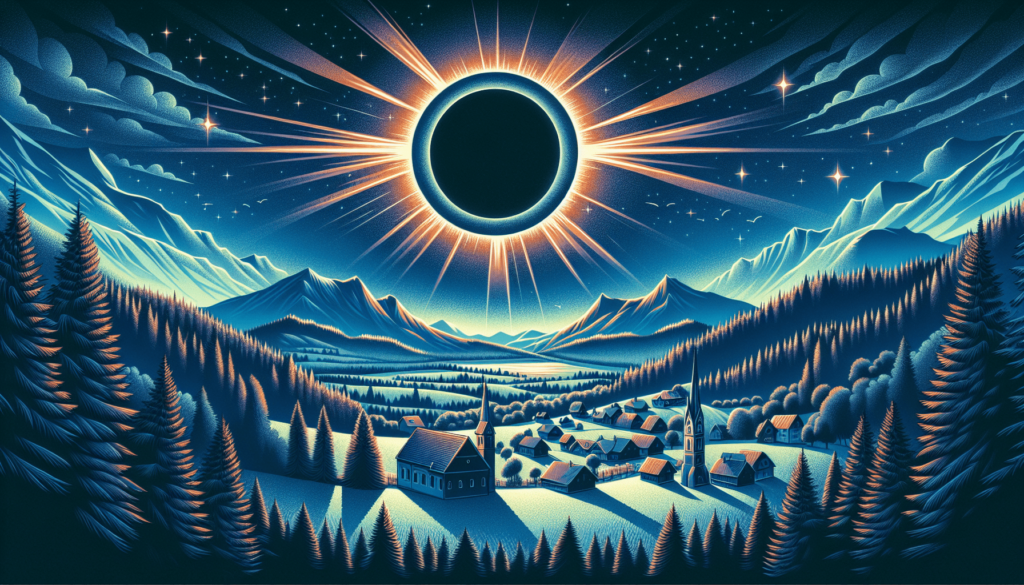
Discover the top European destinations to witness the solar eclipse in 2026. From remote Greenland to stunning Iceland and more, start planning your trip now!
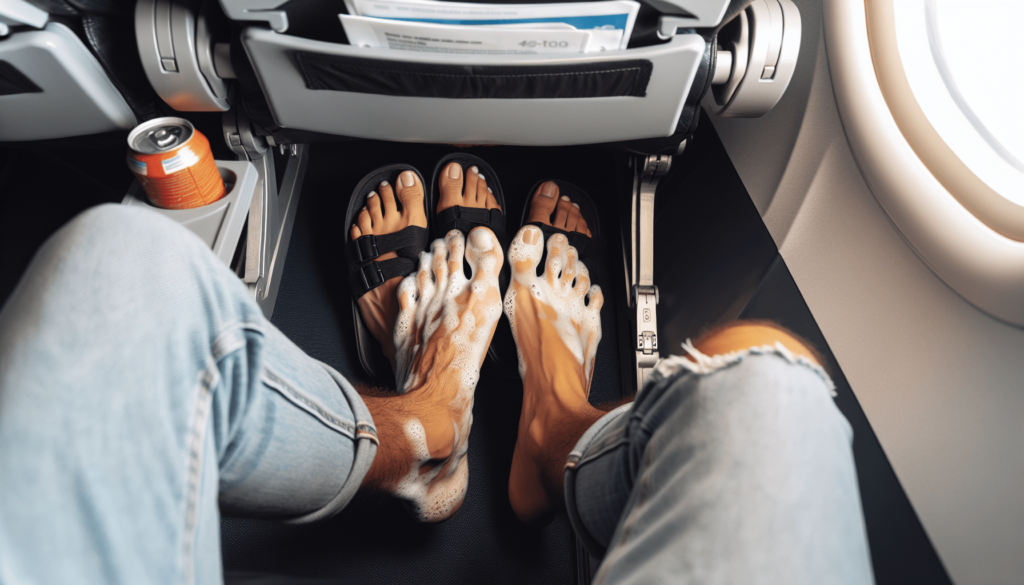
Discover why you should avoid open-toed shoes on a plane. From unclean surfaces to potential harm, prioritize comfort and hygiene with closed shoes.
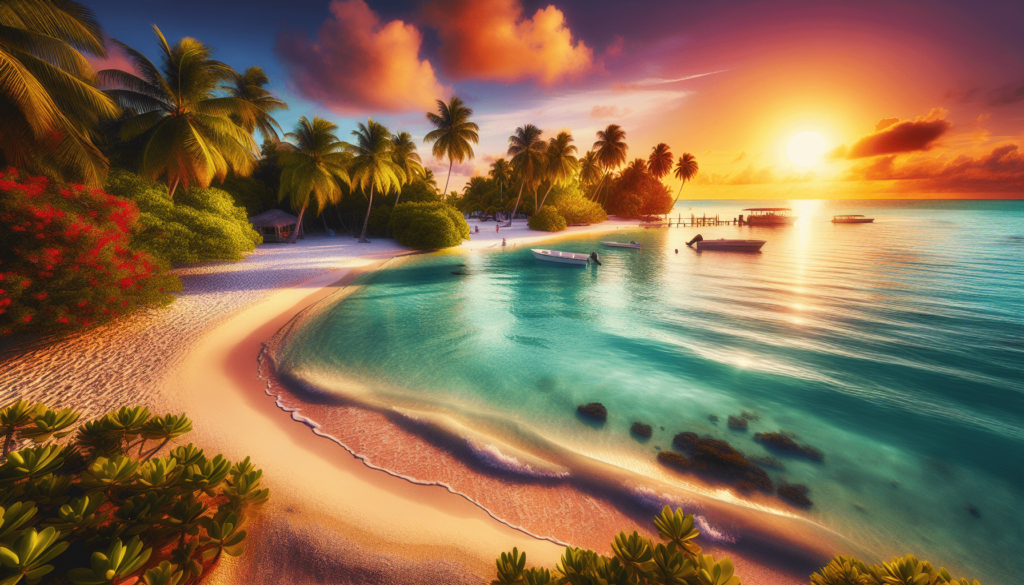
Discover the easy-to-reach tropical paradise of Sunset Key. Stay at luxurious accommodations, indulge in beach activities, and explore the charm of Key West.
You cannot copy content of this page